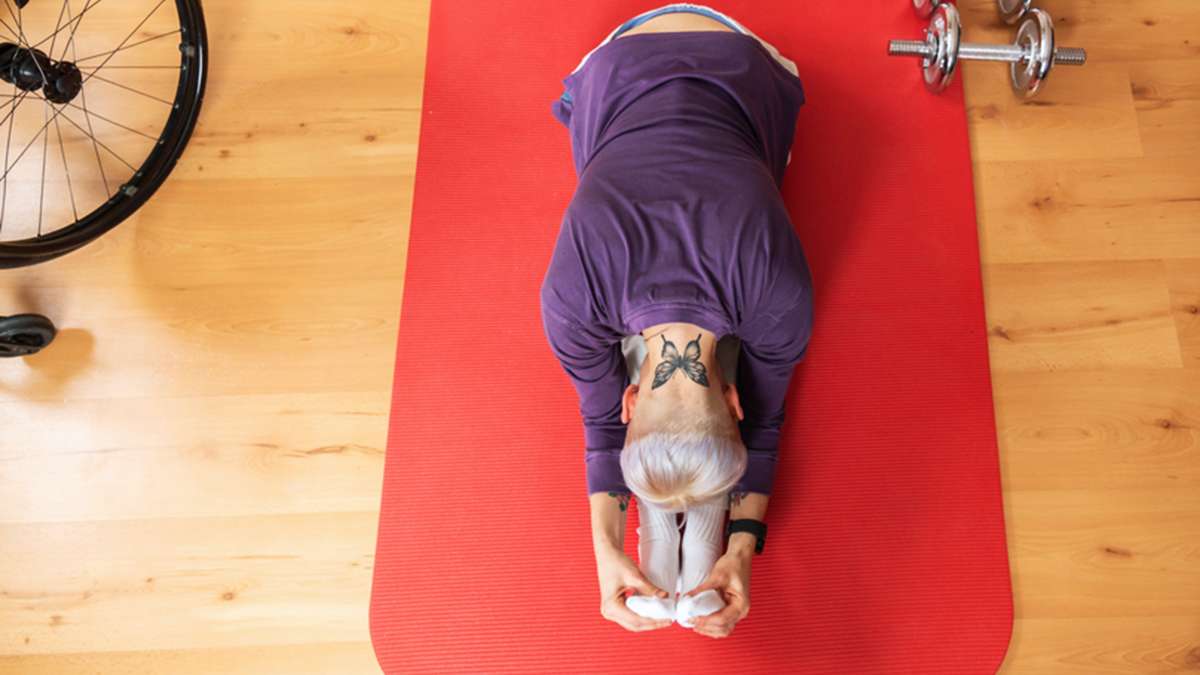
Understanding and Easing Muscle Aches After Exercise
Introduction
After a vigorous workout, it’s not uncommon to experience muscle soreness. This discomfort, known as delayed onset muscle soreness (DOMS), typically peaks within 24 to 72 hours after exercise. While it may be a sign that your muscles are getting stronger, dealing with soreness can be uncomfortable. Fortunately, there are effective strategies to alleviate post-workout muscle aches and enhance recovery.
Causes of Post-Workout Muscle Soreness
DOMS occurs due to microscopic damage to muscle fibers during intense exercise. Eccentric movements, such as the lowering phase of a squat or the downward motion of a bicep curl, often contribute to soreness. This type of muscle contraction causes more stress on the muscle fibers, leading to greater tissue damage and subsequent soreness.
Importance of Proper Warm-Up and Cool Down
One of the best ways to prevent or reduce post-workout muscle soreness is by incorporating a thorough warm-up and cool-down routine into your exercise regimen. A proper warm-up increases blood flow to the muscles, making them more pliable and less prone to injury. Similarly, cooling down with gentle stretches helps to relax tight muscles and improve flexibility, reducing the likelihood of experiencing severe soreness after exercise.
Hydration and Nutrition
Staying hydrated and fueling your body with the right nutrients are essential components of effective muscle recovery. Dehydration can exacerbate muscle soreness, so it’s crucial to drink plenty of water before, during, and after your workout. Additionally, consuming a balanced post-workout meal rich in protein and carbohydrates replenishes glycogen stores and provides the building blocks necessary for muscle repair and growth.
Incorporating Active Recovery
Contrary to popular belief, complete rest may not be the most effective way to alleviate post-workout muscle soreness. Instead, engaging in low-intensity activities such as walking, cycling, or yoga promotes blood circulation and helps flush out metabolic waste products from the muscles, reducing soreness and stiffness.
Utilizing Massage and Foam Rolling
Massage therapy and foam rolling are popular techniques for relieving muscle tension and soreness. Massage improves blood flow to the muscles, accelerates the removal of metabolic waste, and promotes relaxation. Similarly, foam rolling, also known as self-myofascial release, targets trigger points and adhesions in the muscle tissue, effectively reducing soreness and improving mobility.
Applying Heat and Cold Therapy
Applying heat or cold therapy can provide immediate relief from post-workout muscle soreness. Heat therapy, such as using a heating pad or taking a warm bath, increases blood flow to the muscles, promoting relaxation and reducing stiffness. Conversely, cold therapy, such as ice packs or cold showers, numbs the affected area, decreases inflammation, and alleviates pain.
Getting Sufficient Rest and Sleep
Rest and sleep are critical components of the recovery process. During sleep, the body releases growth hormone, which stimulates muscle repair and regeneration. Aim for seven to nine hours of quality sleep each night to optimize recovery and reduce the severity of post-workout muscle soreness.
Listening to Your Body
Above all, it’s essential to listen to your body and recognize when it needs rest and recovery. Pushing through intense soreness or ignoring warning signs of injury can lead to further damage and prolong recovery time. If soreness persists or worsens, consult a healthcare professional for personalized advice and treatment.
Conclusion
By incorporating these strategies into your post-workout routine, you can effectively manage and reduce muscle soreness, allowing you to recover faster and get back to your fitness goals with renewed energy and enthusiasm. Remember, taking care of your body is key to achieving long-term success in your fitness journey. Read more about sore muscles after workout
